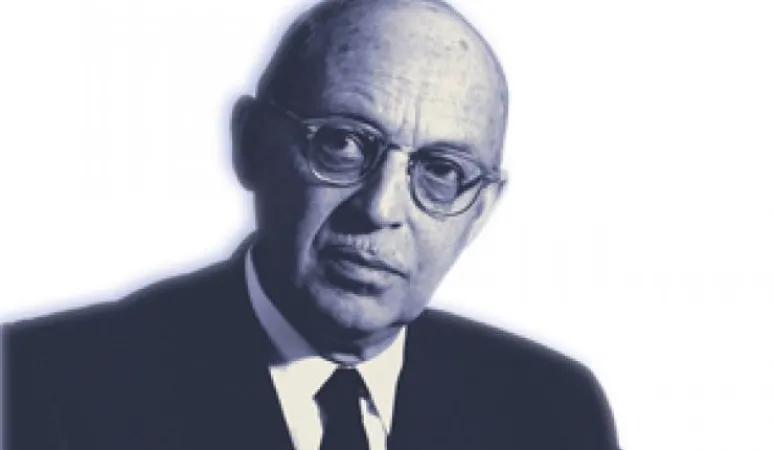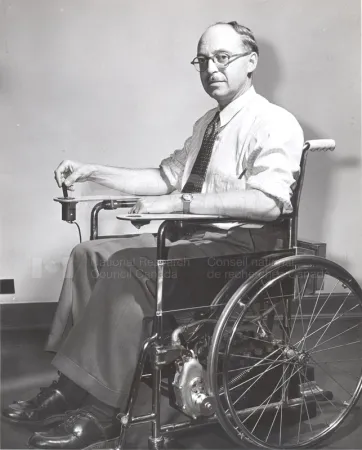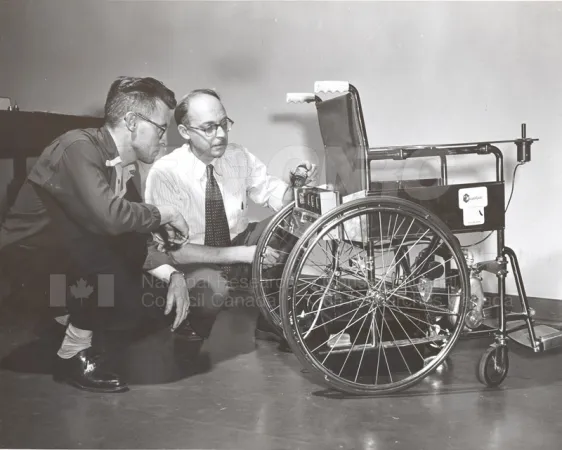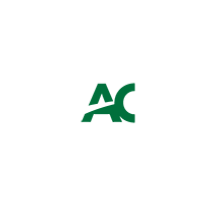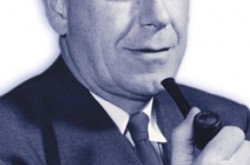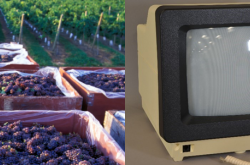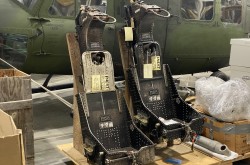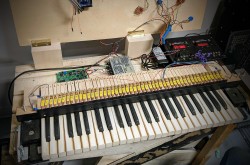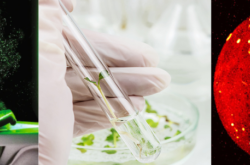Klein, the man who invented everything from the electric wheelchair to the STEM antenna
This article was originally written and submitted as part of a Canada 150 Project, the Innovation Storybook, to crowdsource stories of Canadian innovation with partners across Canada. The content has since been migrated to Ingenium’s Channel, a digital hub featuring curated content related to science, technology and innovation.
Daniel Prinn
Algonquin College Journalism Program
George J. Klein was one of Canada’s most productive inventors of the 20th Century. Born in Hamilton, Ontario, his father, a watch and jewellery store owner, initially sparked Klein’s interest in mechanical design.
Klein studied at the University of Toronto and graduated with a bachelor’s degree in applied science in 1928. A year later he was offered a job as a researcher for the National Research Council of Canada. Klein would remain with the NRC for the next 40 years of his life. While there, he was involved in multiple projects. One was the invention of plastic-coated skis for aircrafts, which enabled planes to land safely in snowy conditions. He also headed the design team for Canada’s first nuclear reactor in the 1940s, called the ZEEP nuclear reactor.
Klein is highly acclaimed for his work creating the electric wheelchair. The concept was originally created by two Americans: Harry Jennings and Herbert Everest. However, their prototype was restrictive, and the motors were short-lived and often failed. In 1950 Klein was charged by the Canadian government to create a reliable, lasting design. Accordingly, he began working on his own electric control system. The years of testing eventually brought about a successful propulsion system that would utterly transform the wheelchair.
Another of Klein’s inventions was the STEM antenna, where four of these antennae accompanied Canada’s first satellite, the Alouette I in 1962. The antenna was also an important contribution to the Gemini and Apollo Space programs. Klein was called out of retirement to act as the chief consultant on gear design for the Canadarm project when he was 72 years old. The device was a remote-controlled mechanical arm that had many functions, including deploying, capturing and repairing satellites.
Klein died in 1992 and was inducted into the Canadian Science and Engineering Hall of Fame in 1996.



